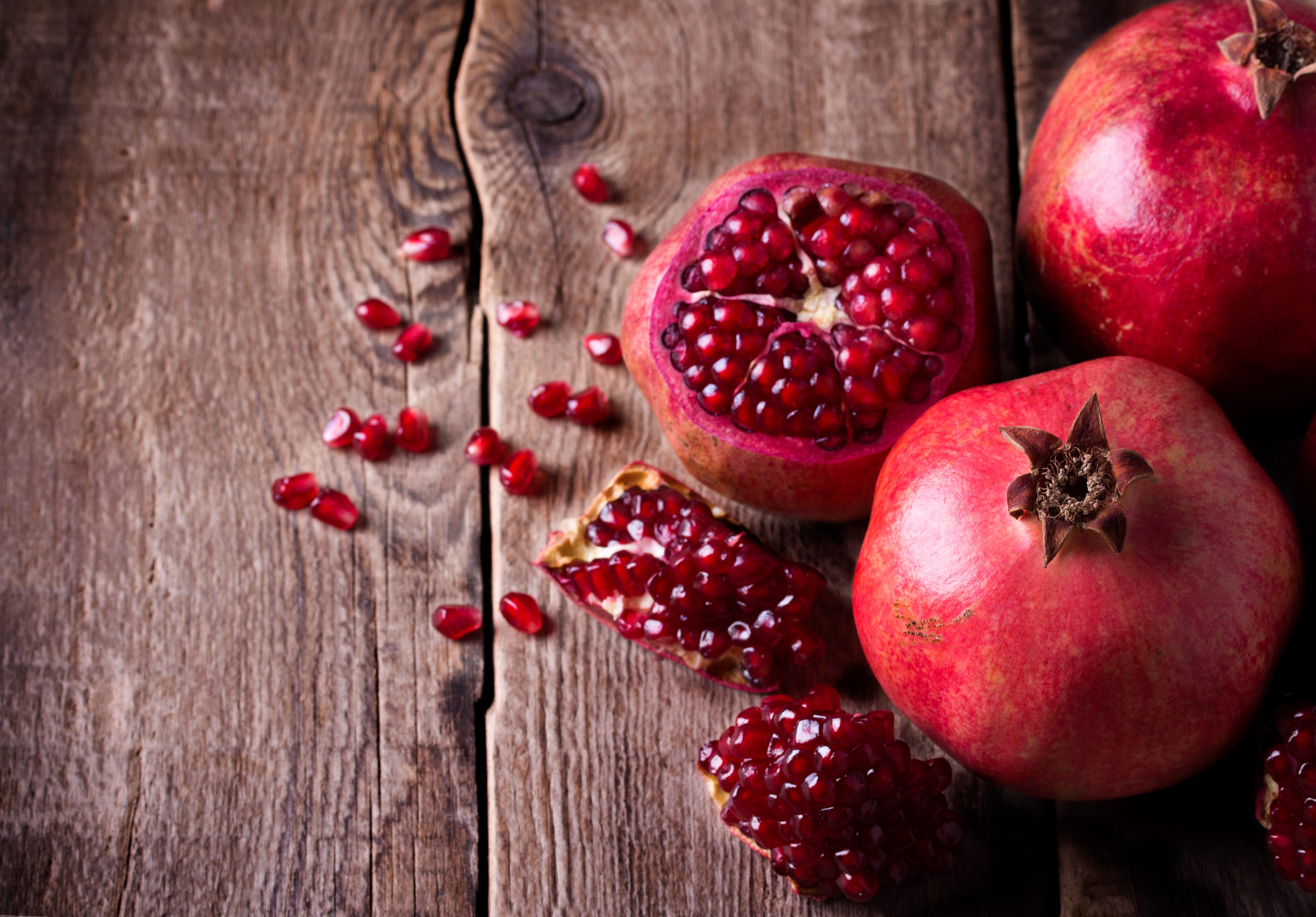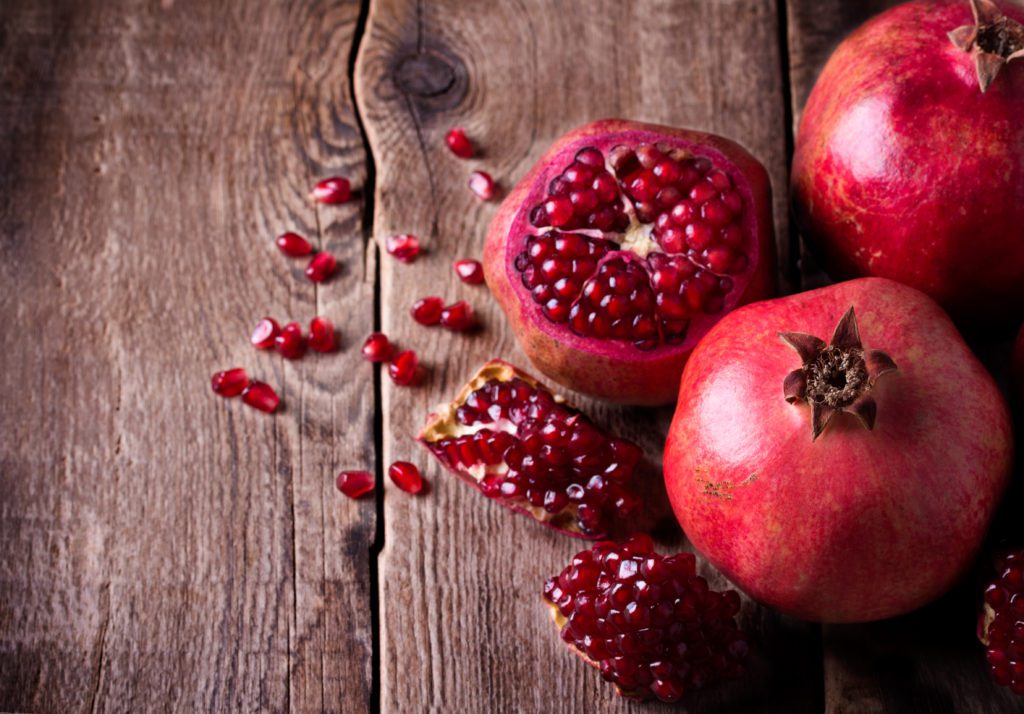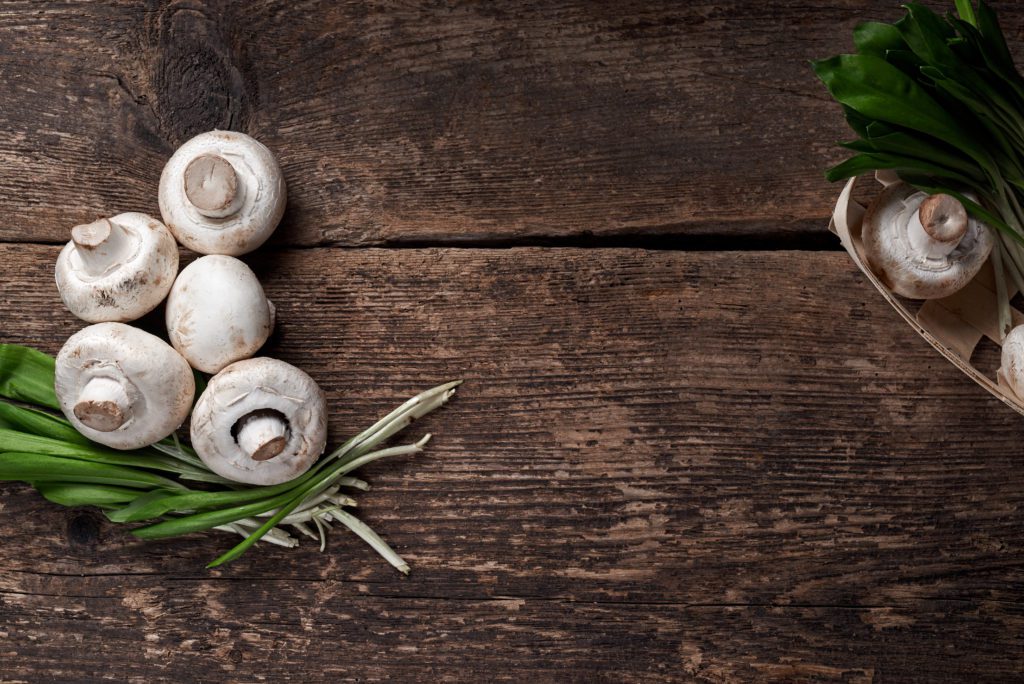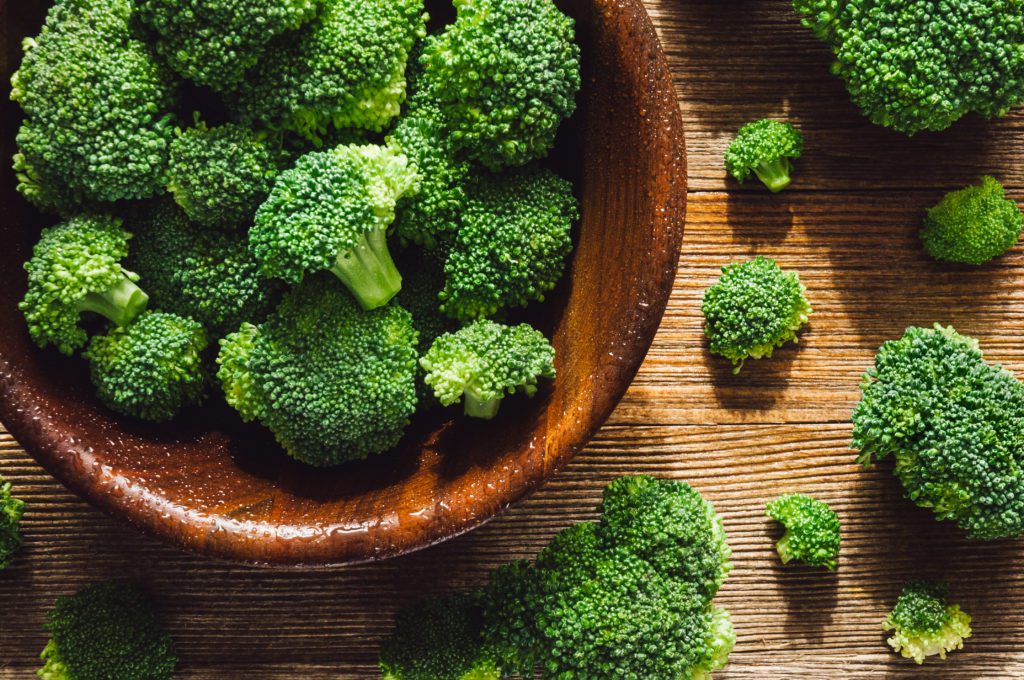How nutrition plays a role in your recovery

— by Pip Taylor
Any athlete who has trained hard will be familiar with that residual muscular pain – the type that ranges from “oh so good” to “oh, my God, no,” depending on who you ask and the extent of the aches. They also know that recovery is a key component, allow- ing them to get back to training and continue their fitness progression.
It is tempting to think that reducing soreness as rapidly as possible will help benefit training regimes because you’ll bounce back and hit your intense training more quickly. However, there is sound evidence to suggest that rapid recovery is not always the best way to maximize adaptations and, ultimately, see long-term improvements in fitness, strength and performance. In other words, acute recovery is very different from the long-term hormonal, nervous system and tissue-building adaptations, which lead to greater resilience and a better ability to cope with physical stress loads.
Related: Beet juice, an evidence-based aid for athletes
Often the two processes might have similarities in terms of the recovery practices, certainly on the nutrition front. Replacing muscle glycogen and getting in adequate protein will help promote both long- and short-term recovery. But sometimes acute or immediate performance goals are sacrificed for those in it for the long haul. For instance, there may be periods of the season where body composition goals, or goals to improve metabolic flexibility through some fasted workouts, take priority. And, of course, there are times when rapid recovery is absolutely necessary and prioritized over adaptation. This might be during a heavy race schedule or perhaps in the final lead up to a key race. It’s worthwhile understanding these differences in any training program, so you can adjust strategies as appropriate to meet your desired goals and maximize performance.
Some muscle and tissue soreness is a result of inflammation and oxidative stress from free radical production during strenuous exercise. Antioxidants can help neutralize free radicals and protect body tissues by reducing inflammation. But studies suggest that high doses of antioxidants also interfere with the signalling that promotes adaptations. Thankfully, this research seems to apply purely to super doses of antioxidants or single-source vitamins, that one can only get through specific supplements. When derived from food sources, including concentrated forms such as tart cherry juice or blackcurrant extracts, there is no real evidence that the adaptive responses are blunted.
Related: Trendiest foods for triathletes in 2019
Similarly, research shows that athletes who turn to NSAIDs with the hope of overcoming muscle soreness in the short term may also be compromising long-term adaptations. Acute inflammation stimulates adaptations, and is a natural process of getting stronger and fitter, but can be uncomfortable and make upcoming workouts less enjoyable.
So, embrace a little soreness – it’s what helps you improve over time.
The good news is that there are plenty of natural anti-inflammatories found in foods, which don’t impact any long-term adaptations. Athletes can safely go to town on all the foods we know have benefits when it comes to inflammation, recovery and muscle soreness and will also boost short term recovery. They’ll also make you feel better and promote long-term adaptations. Save the high-dose supplemental antioxidants and single-source vitamins for more acute situations: illness or when immediate recovery is critical, such as race week.
Here are some of the best anti-inflammatory and antioxidant-rich foods to include in any athlete’s diet:
- FATTY FISH, including salmon, herrings, sardines and mackerel, for Omega 3-rich fat sources, which reduce inflammation and boost brain/neural function.
- POMEGRANATES, BERRIES AND CHERRIES, including blueberries, blackcurrants, tart cherries, strawberries and raspberries, all of which contain anthocyanins and other specific antioxidants for anti-inflammatory effects and improved blood flow.
- CRUCIFEROUS VEGETABLES, including broccoli, cauliflower, kale and Brussels sprouts, which contain sulphur compounds that reduce inflammation and may help with joint and muscle pain.
- GREEN TEA AND CACAO are some of the richest sources of antioxidants and anti-inflammatory compounds. Drink up and look for high cacao content chocolate (dark chocolate).
- AVOCADO contains tocopherol, carotenoids, potassium, fibre and magnesium, making them one of the best foods to eat regularly.
- TURMERIC has hit the spotlight of late and for good reason: curcumin, the active compound in the spice is a strong anti-inflammatory and may even help with symptoms of arthritis and reducing other pain. Other herbs and spices, such as cinnamon, oregano, chilli, as well as garlic and onion, also have anti-inflammatory properties.
- MUSHROOMS are rich in certain antioxidants, as well as vitamin D for cell recovery and protection.
- FERMENTED FOODS, including yogurt, sauerkraut, kefir and pickles, have gut boosting properties that reduce levels of inflammation and nourish gut cells to prevent “leaky gut.”
Pip Taylor is a professional triathlete and nutritionist from Australia.



